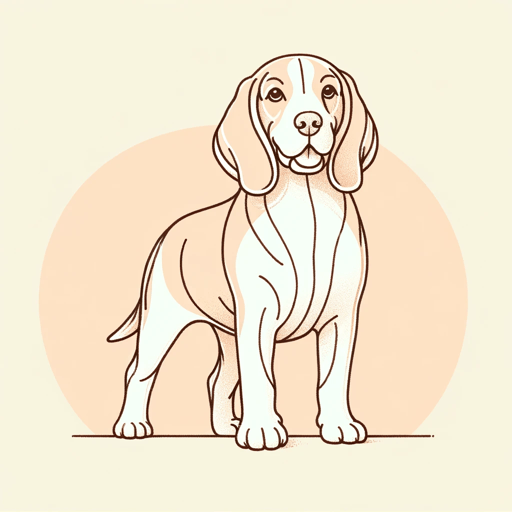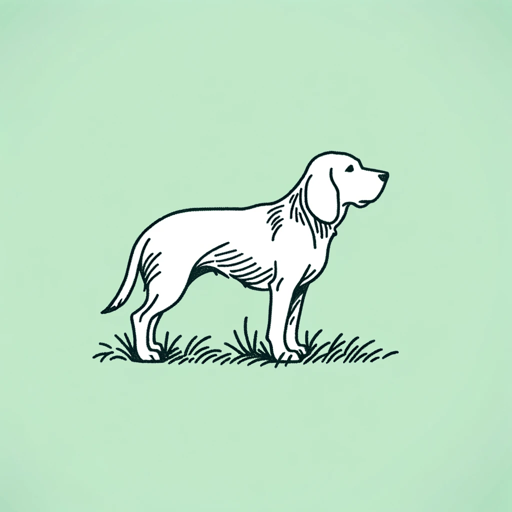48 pages • 1 hour read
Phyllis Reynolds NaylorShiloh Season
Fiction | Novel | Middle Grade | Published in 1998A modern alternative to SparkNotes and CliffsNotes, SuperSummary offers high-quality Study Guides with detailed chapter summaries and analysis of major themes, characters, and more.
Symbols & Motifs
Chains
The imagery of chains appears frequently in the novel, representing oppression, fear, mistreatment, and confinement. Because the chains that hold Judd’s three dogs symbolize Judd’s unethical abuse and the dogs’ lack of freedom, this symbol is also deeply intertwined with the theme of The Ethical Treatment of Animals. As John Collins explains to Marty, dogs who are chained “[feel] scared, so they act mean. […] When you chain a dog, he feels trapped. […] [H]e tries to pretend he’s big and fierce in order to scare [people] off” (68). John adds that it takes patience to make such abused animals trust people again, and his expert advice emphasizes how detrimental it can be to chain dogs and restrict their movement. Because Judd’s dogs are always chained, this imprisonment causes them to become vicious, scared, and distrustful.
When Judd’s dogs are mysteriously let loose from their chains, they attack Dara Lynn and others, and the incident proves that their restraints have made them violent and fearful of humans. Because the dogs have only known mistreatment, their defensive behavior reflects this fact. Thus, the chains are also a symbol of learned behavior, a cyclical element that reflects how Judd himself was metaphorically “chained” when he was abused as a child.
Related Titles
By Phyllis Reynolds Naylor




